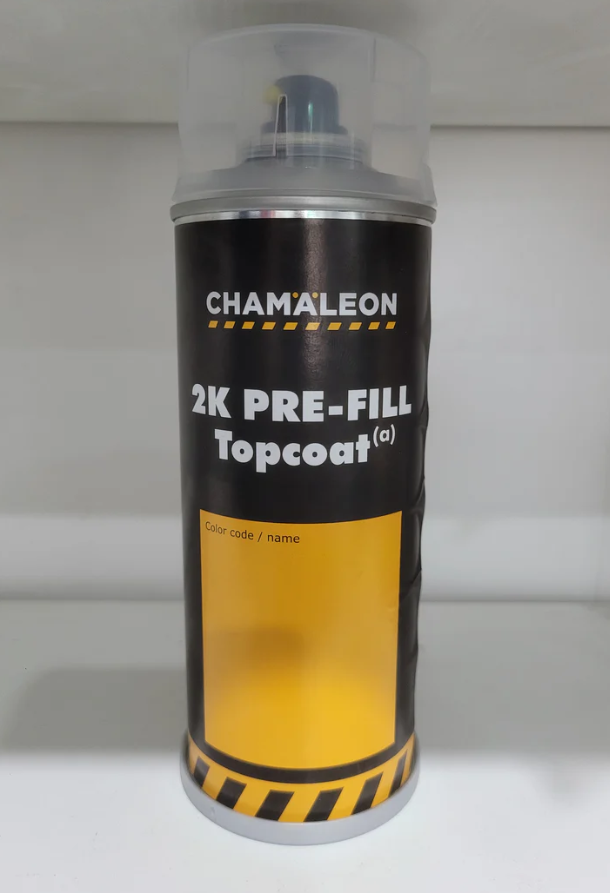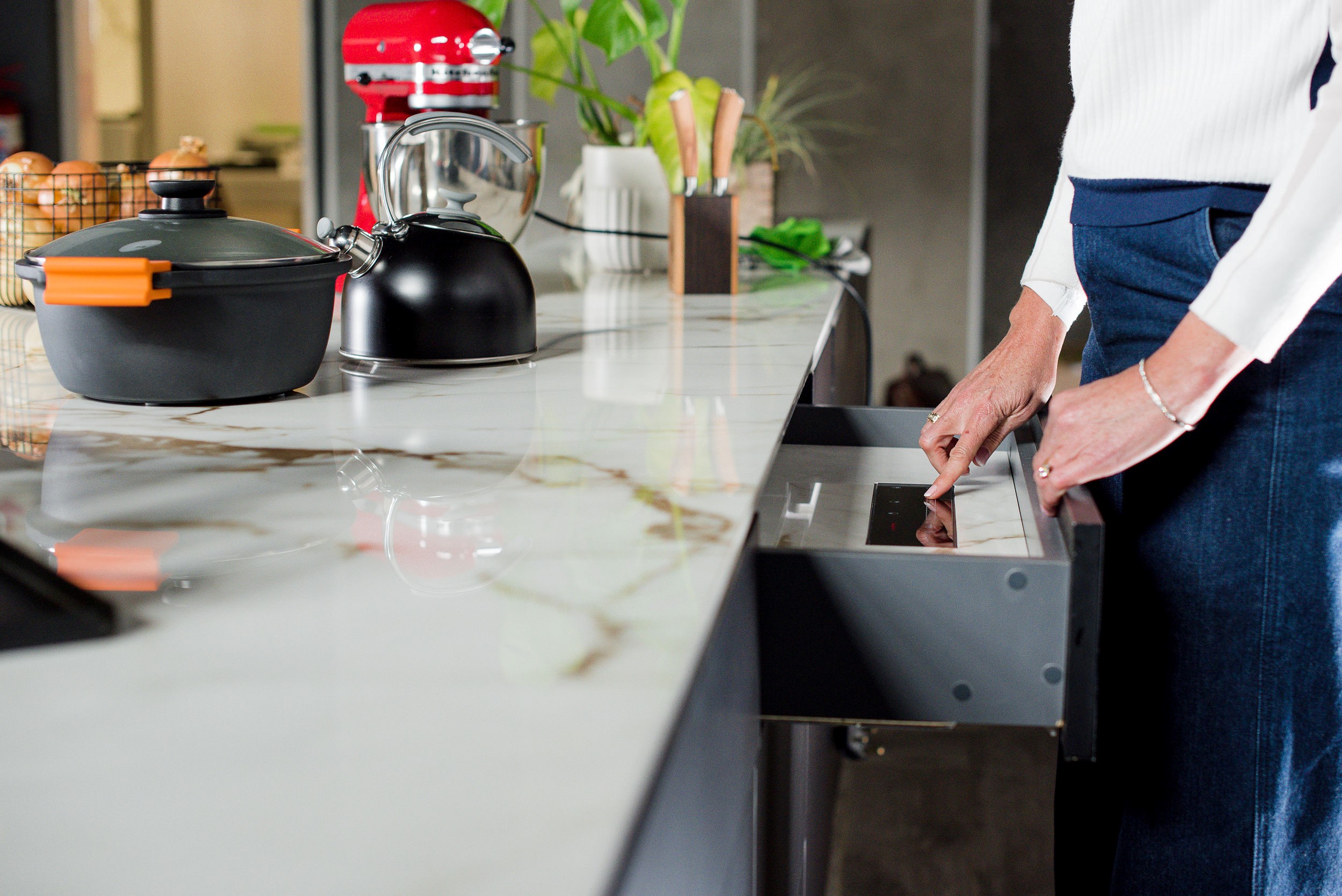5 Mistakes to Avoid When Creating a Root Cellar

Creating a root cellar can be one of the most rewarding DIY projects. It offers you a cool, dark, and humid environment to store your fruits, vegetables, and preserves, significantly extending their shelf life. However, several common mistakes could hinder your efforts to build a functional root cellar. Let’s delve into five mistakes you should steer clear of, and for those of you looking to venture into a self-sufficient lifestyle, you might find the self sufficient backyard an insightful resource.
1. Ignoring Ventilation
Ignoring proper ventilation is a common mistake when building a root cellar. Without adequate airflow, your stored produce could spoil rapidly due to the buildup of ethylene gas emitted by fruits and vegetables. To avoid this, ensure that your root cellar has both an intake and an exhaust vent to facilitate a constant flow of air.
2. Choosing the Wrong Location
Location is key when building a root cellar. An ideal location is on a slope where cold air settles and water drains away from the entrance. Placing your cellar in a flat or low area might result in water pooling, leading to excess humidity and potential rotting of your stock.
3. Neglecting Insulation
Proper insulation is vital to maintain the cool temperature in your root cellar. A mistake some folks make is skimping on or entirely ignoring insulation. This could lead to temperature fluctuations, which are detrimental to the longevity of your stored goods. For those who are passionate about maximizing small spaces and being resourceful, 10 ingenious space-saving ideas for tiny apartments can be a source of inspiration.
4. Overlooking Pest Control
Pests are attracted to food, and a root cellar is a banquet for them. Failing to pest-proof your cellar can be a costly mistake. Ensure that all potential entrances are sealed, and regularly inspect your stored goods for any sign of pest infestation. This measure will help in maintaining the hygiene and integrity of your stored products.
5. Improper Shelving
Your shelving should be strong, durable, and resistant to rot and mold. Using untreated wood or metal shelves can introduce mold and rust to your root cellar, contaminating your food. Opt for treated, rot-resistant wood or plastic shelving to avoid this mistake.
Conclusion
Building a root cellar is an essential step towards achieving a self-sufficient lifestyle. However, it’s crucial to avoid the aforementioned mistakes to ensure the success of your project. For those who wish to learn more about living independently and sustainably, 6 benefits of owning a home vs. renting for aspiring craftsmen offers valuable insights. By paying attention to details such as ventilation, location, insulation, pest control, and proper shelving, you’ll be well on your way to enjoying a bountiful harvest from your root cellar all year round.
Optimal Humidity Levels
Maintaining optimal humidity levels is a vital aspect often overlooked in root cellar construction. Fruits and vegetables require specific humidity levels to prevent drying out or becoming moldy. For instance, root vegetables such as carrots and potatoes thrive in high humidity levels of about 90-95%, while onions and garlic require lower levels. Regularly monitor the humidity and make necessary adjustments to ensure the longevity and quality of your stored produce.
Seasonal Considerations
Taking into account seasonal variations can significantly impact the effectiveness of your root cellar. During summer, the cellar might need additional cooling to maintain the right temperature, while in winter, you might need to ensure that the cellar doesn’t freeze. Seasonal considerations are crucial for planning the types of produce you store and determining the appropriate storage conditions. Being attuned to the changes in weather and adjusting your cellar conditions accordingly will help in maintaining an ideal environment for your goods.

Incorporating Technology

In the age of smart homes, incorporating technology into your root cellar can be beneficial. Utilizing tools like digital thermometers and hygrometers can help you monitor the temperature and humidity levels remotely. Installing a small dehumidifier can also assist in maintaining the right conditions during wet seasons. Embracing technology can alleviate some of the challenges of managing a root cellar and ensure that your fruits and vegetables remain fresh for extended periods.








